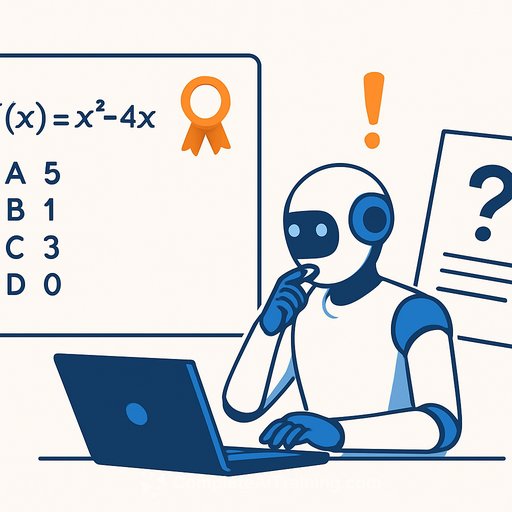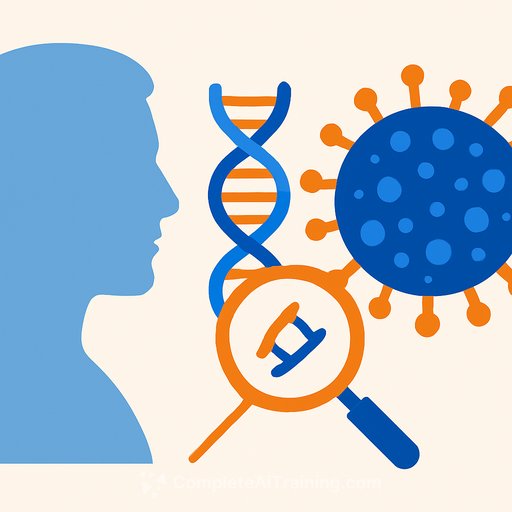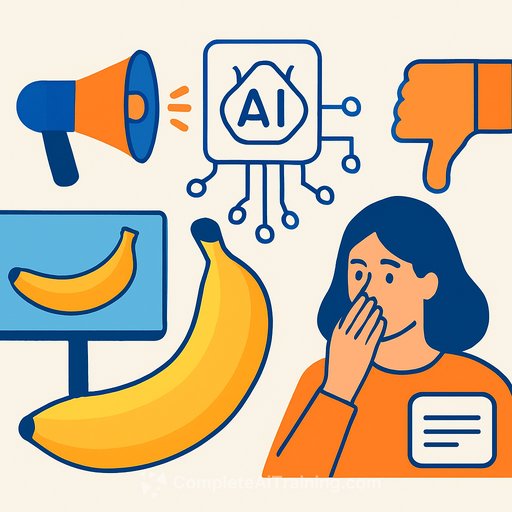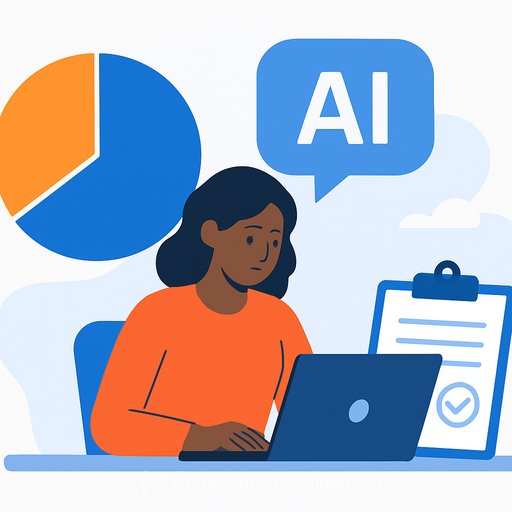Claude for Life Sciences: Rethinking How Science Gets Done
"I posed this problem to Claude. I said, 'Hey, what should we do to get unstuck?' And just in one minute, you know, one response, Claude actually just one-shotted the answer." That story sums up the shift: AI is moving from a helpful tool to a hands-on research partner.
Anthropic is clear about where they're focused. "The number one place that we at Anthropic are excited about applying it is within biology and the life sciences." The aim is simple: free scientists from drudgery and give them a faster path to insight.
From helper to research partner
The vision for Claude is not a chatbot bolted onto lab work. It's a day-to-day assistant that understands scientific context, drafts and critiques protocols, reasons about data, and keeps projects moving. Think less "answer engine," more "colleague who remembers everything and writes clean notes."
That means more time on hypothesis design, controls, and interpretation-and less time wrangling files, rewriting methods, or stitching together analyses from five tools.
Where Claude fits in the workflow
- Early discovery: ideate targets, suggest assay strategies, propose follow-up experiments.
- Molecule and protein work: draft design rationales, reason about structure/function, summarize folding predictions.
- Protocols: generate, review, and version experimental SOPs; flag ambiguities; suggest controls.
- Bench troubleshooting: compare runs, isolate variables, and propose minimal changes to rescue experiments.
- Bioinformatics: set up long-horizon pipelines, annotate code, and explain outputs step-by-step.
- Literature: prioritize papers, extract methods, map citations, and keep a living related-work brief.
- Communication: produce figures, captions, methods sections, and submission-ready reports.
- Program management: break research goals into tasks, track decisions, and maintain audit trails.
Method over single-use tasks
The better question isn't "what problem does AI solve?" It's "how do we change how we do science?" The goal is fluid research: fewer handoffs, fewer notes lost to old docs, and faster iterations across design-build-test-learn.
With the right setup, Claude becomes a throughline that connects ideas, data, and decisions-so context compounds instead of resetting every week.
Embedded in the tools you already use
Strategic integrations matter. Claude is being connected to core life science platforms-managing experiments in Benchling, analyzing single-cell datasets with 10x tooling, and querying literature at scale through PubMed. The point: no context break, no copy-paste grind, and tighter loops between notes, code, and results.
What Sonnet 4.5 changes
Sonnet 4.5 is the first Claude model trained deeply on scientific workloads. It handles longer, multi-step tasks: bioinformatics pipelines, protocol variants, and multi-file projects. That's a step up from quick answers to sustained reasoning.
Pair that with Claude Code and you get a general-purpose agent that can write, run, and explain scripts; clean messy outputs; and keep working state across sessions. It's already useful well beyond coding: drafting papers, organizing projects, and structuring reviews.
Beyond the bench: speeding regulated work
Regulatory documentation slows good science. Claude can help standardize language, track source data, and produce consistent, auditable records-shortening preparation time for submissions. For context on expectations and formats, see the FDA's resources on electronic submissions here.
Program: AI for Science
Anthropic's AI for Science program puts Claude directly in the hands of ambitious research teams, then iterates based on real lab feedback. That loop-practical needs in, model refinements out-keeps development grounded in scientific reality and aligned with responsible use.
Practical next steps for your team
- Choose two high-friction workflows (e.g., protocol drafting and RNA-seq analysis). Set a 4-6 week pilot with clear success metrics.
- Build prompts into templates: methods shells, figure legends, QC checklists, and post-experiment summaries.
- Connect data safely: define what Claude can read (lab notebooks, code repos, metadata) and what it must never access.
- Run "paired sessions": scientist + Claude-compare outputs, capture failure modes, and update templates weekly.
- Governance: log decisions Claude influences, keep human sign-off for protocols and submissions, and audit traceability.
Why this matters
Science moves on iteration speed and memory. Claude increases both. Fewer restarts, fewer context gaps, and a clearer chain from idea to result.
Done well, this isn't just productivity. It's better science: tighter controls, clearer records, and faster learning cycles across the entire pipeline.
Want structured upskilling on Claude? Teams exploring this stack often start with a focused certification. See the Claude certification overview at Complete AI Training.
Your membership also unlocks:






